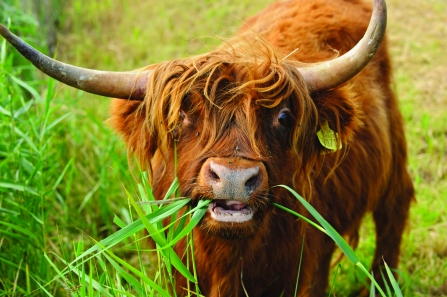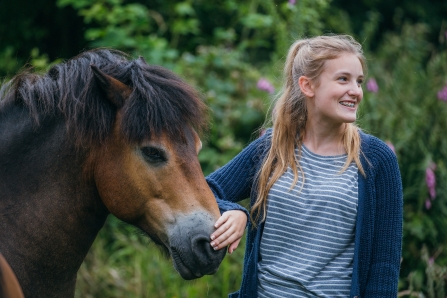It can be a surprise to visitors when they arrive on a nature reserve and find domestic animals like cows, sheep and ponies grazing there. But these animals play a valuable role in helping manage wild spaces to benefit our native wildlife. In fact, grazing nature reserves is one of the best ways to maintain features like grasslands, fen, mires and saltmarsh.
Thousands of years ago, Britain had many native grazers, including wild horses, deer and the imposing aurochs – the forerunners of modern cattle. Their feeding activity prevented the open spaces from being taken over by woodland and allowed native wildflowers to thrive, which was of great benefit to insects. In turn, many of these invertebrates supported bats, birds and other small mammals. The pattern of this grazing, and the trampling of ground, created the variable sward that ground-nesting birds needed to breed successfully – making these grazers a crucial part of the landscape.
When the aurochs went extinct and wild horses and deer were removed, however, this function was lost. Much of their work can be replicated through manual management of course, but grazing is more natural, less intensive and less expensive. So Yorkshire Wildlife Trust uses various animals on different nature reserves to achieve natural habitat. Species feed in different ways, but all provide benefits for wildlife.
The cattle tend to be breeds that are comfortable on rough ground, such as highlands, shorthorns and belted Galloway,. They can be seen on the Trust’s farms including Stirley Community Farm, as well as reserves like North Cave Wetlands, Potteric Carr and Brockadale.



